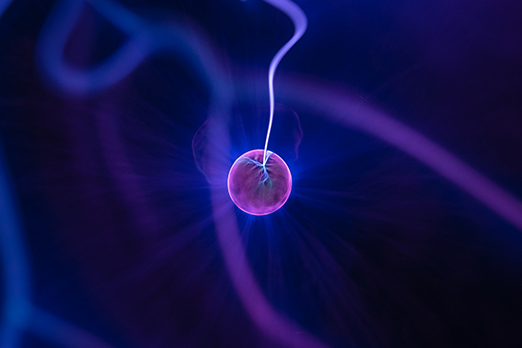What is chemical disinfection?
The best known type of disinfection are substances that have a microbicidal effect due to their chemical properties. In contrast to disinfection with UV light, disinfectants do not attack the DNA but the protein-containing structures of the organisms. Specific ingredients are necessary for this. These can be used in different combinations depending on the target application.
Chemical disinfection for water treatment
Processes for treating water with substances such as ozone, chlorine or hydrogen peroxide produce undesirable by-products (DNP). These include substances that are harmful to health, such as bromate or chlorite. Physical disinfection processes do not produce such harmful substances.
Resistances with chemical disinfectants
Microorganisms adapt to living conditions very quickly. As a result they develop resistance to chemical disinfectants. To avoid this, the specific ingredients and their dosage must be recombined. Physical disinfection processes do not have this disadvantage. No immunity can be developed against them.
Environmental pollution and by-products
If not disposed of properly, residues of the substances can end up in water treatment plants. In addition, biocides are usually stable and difficult to degrade. These contaminants can severely damage the balance of aquatic life. The result is a threat to the quality of drinking water.
In addition, the use of chlorine products in production, for example, can impair the taste of food and beverages. To prevent this from happening, a large amount of clear water must be rinsed afterwards. This increases water consumption dramatically.
In contrast, physical disinfection processes work almost without residues. Therefore, they are better suited for the disinfection of water than chemical processes.
Exposure when applied to human skin
The human skin is exposed to chemical disinfection. The substances can be irritating or even caustic. In addition, harmful by-products (DNP) can be produced. Especially when used regularly, the skin flora can be destroyed.
Advantages of Plasma-Bod over chemical disinfection
Chemical disinfection processes are considered reliable, but have strong disadvantages compared to physical processes. Environmental pollution and the risk to health are certainly the most important reasons to look for more compatible solutions for humans and nature. Furthermore, chemical processes do not save resources.
Plasma-based technology (P-Bod) can represent all applications and uses of chemical disinfection processes without their pollution.
